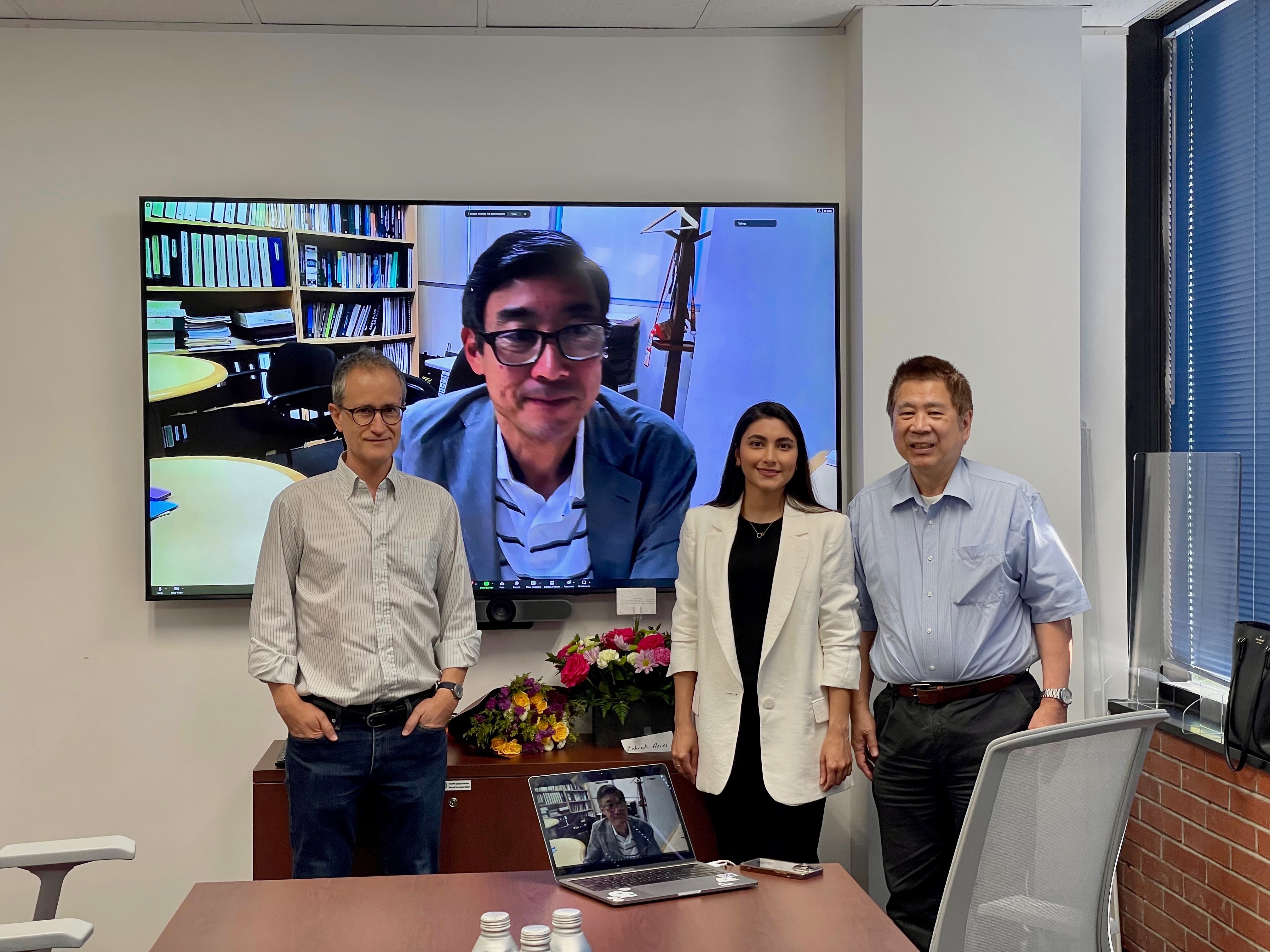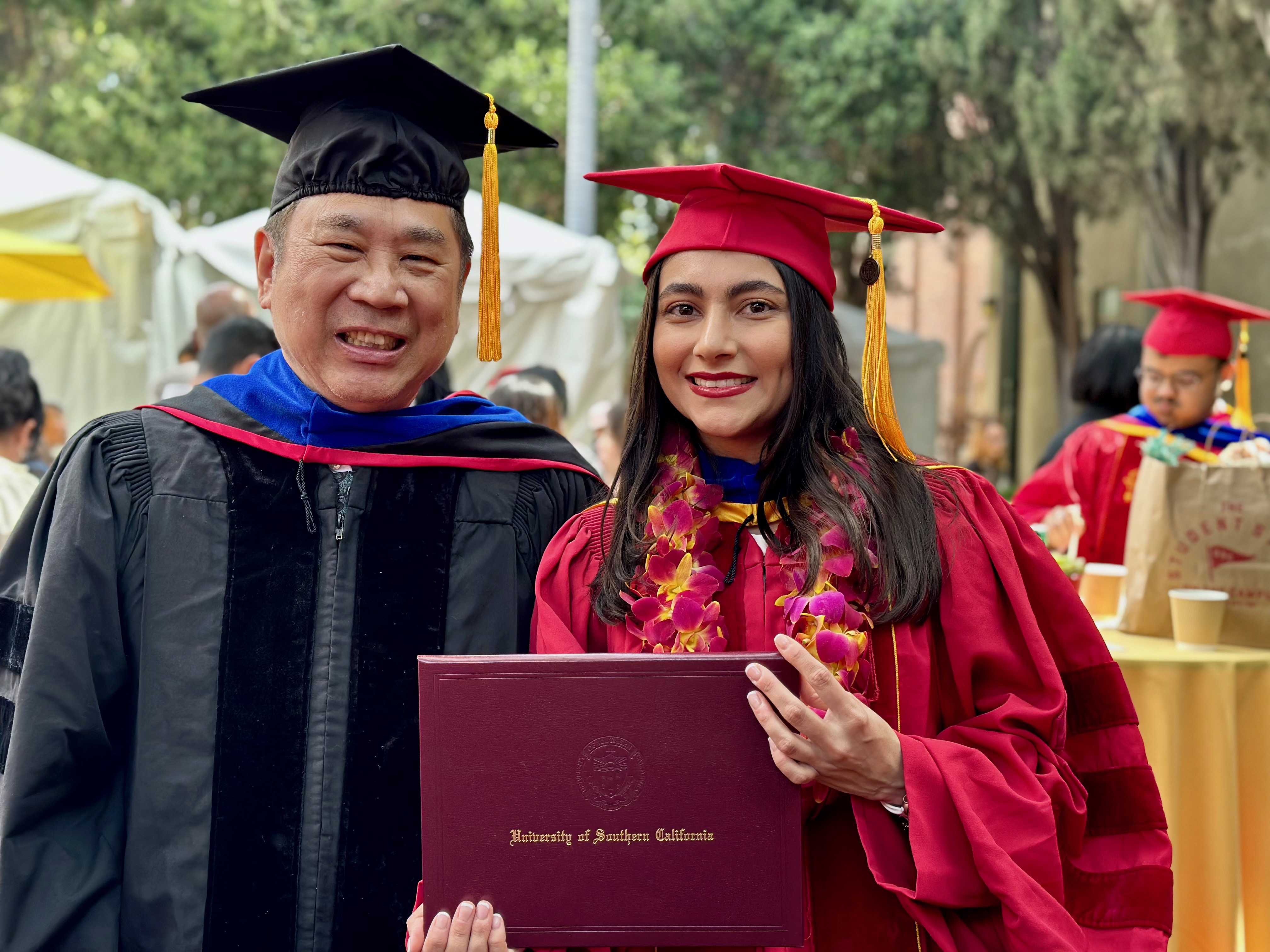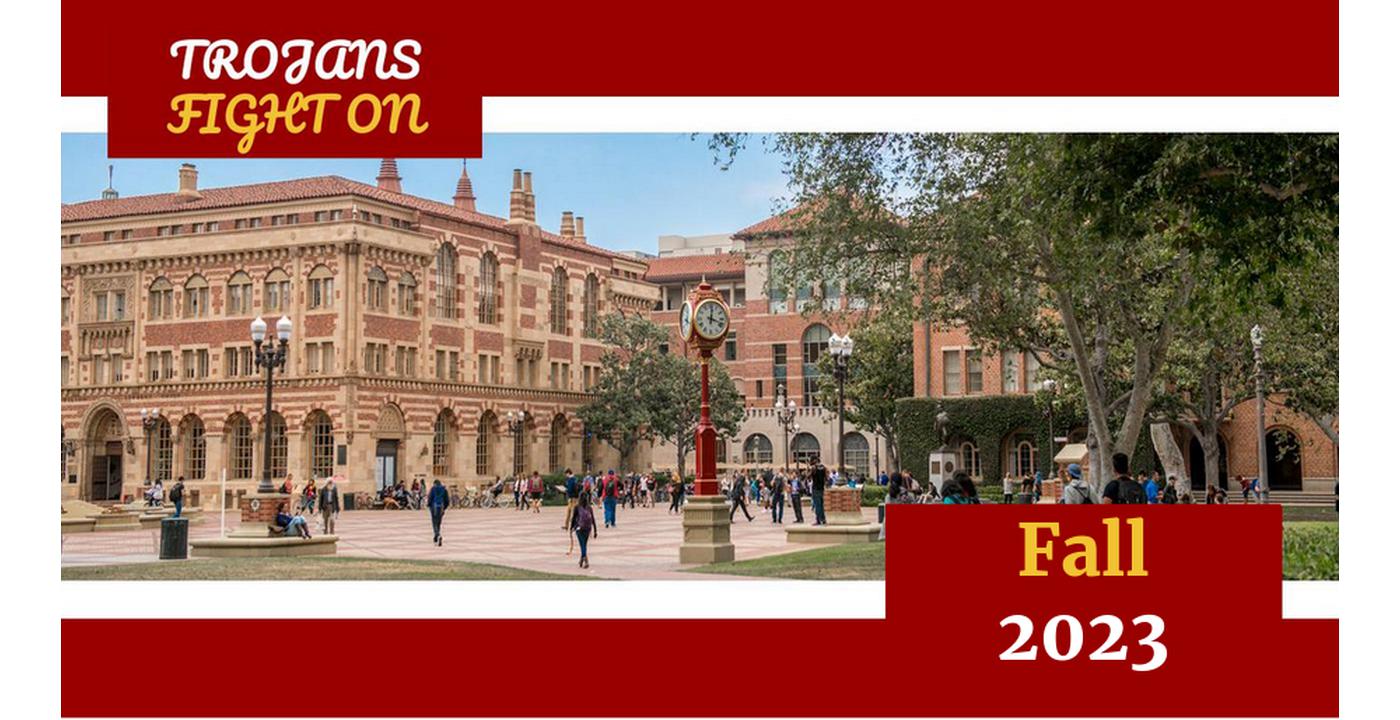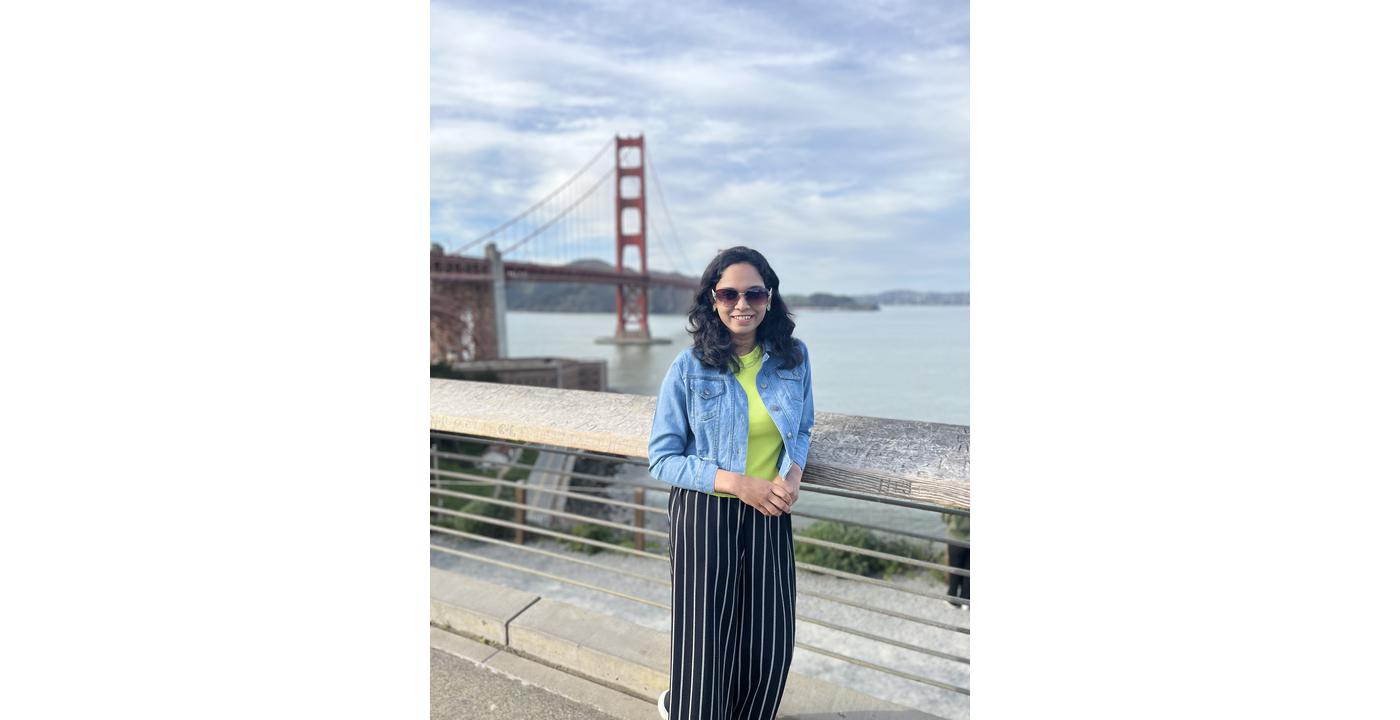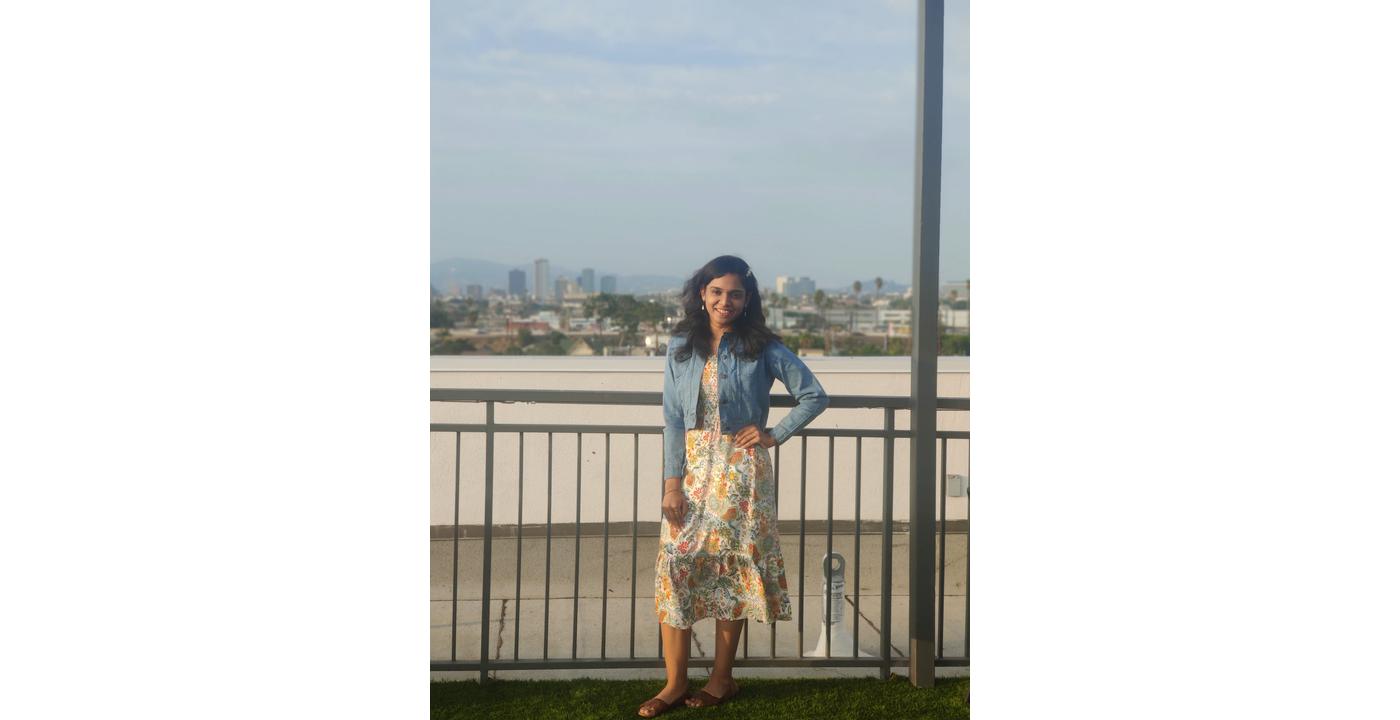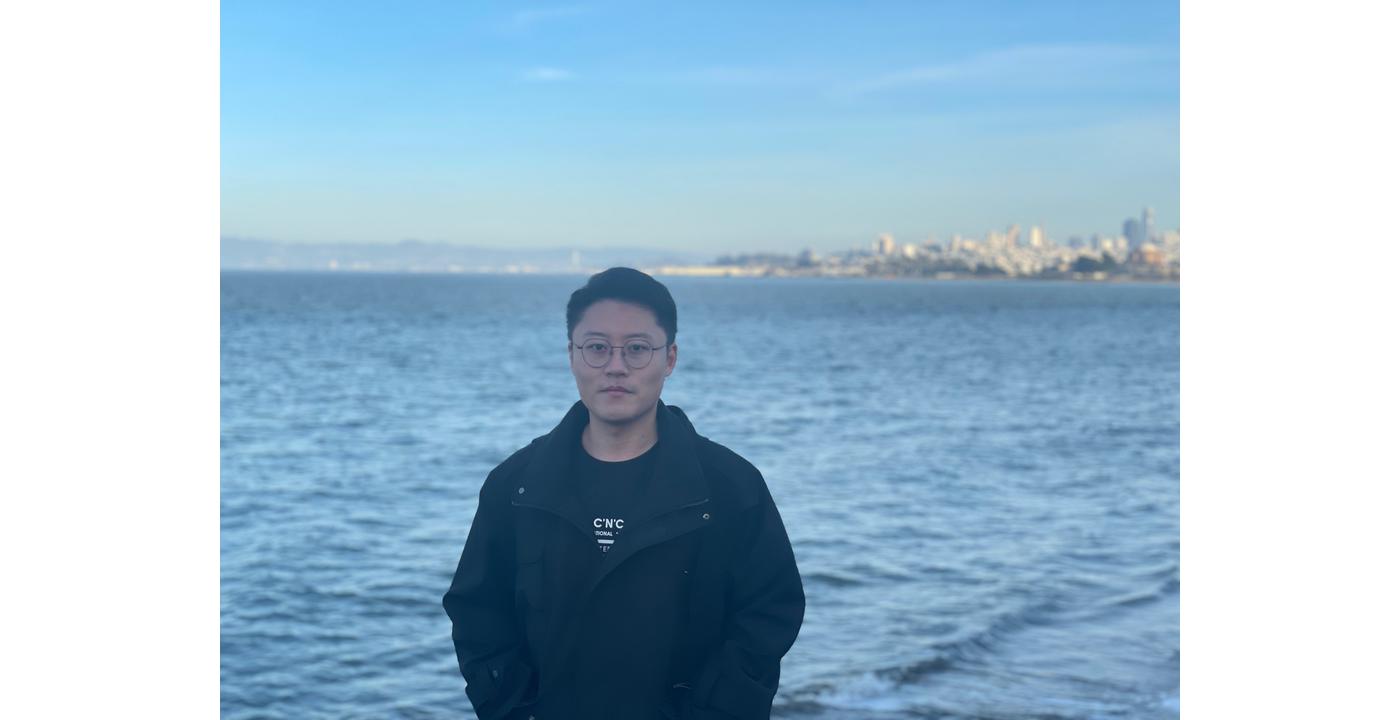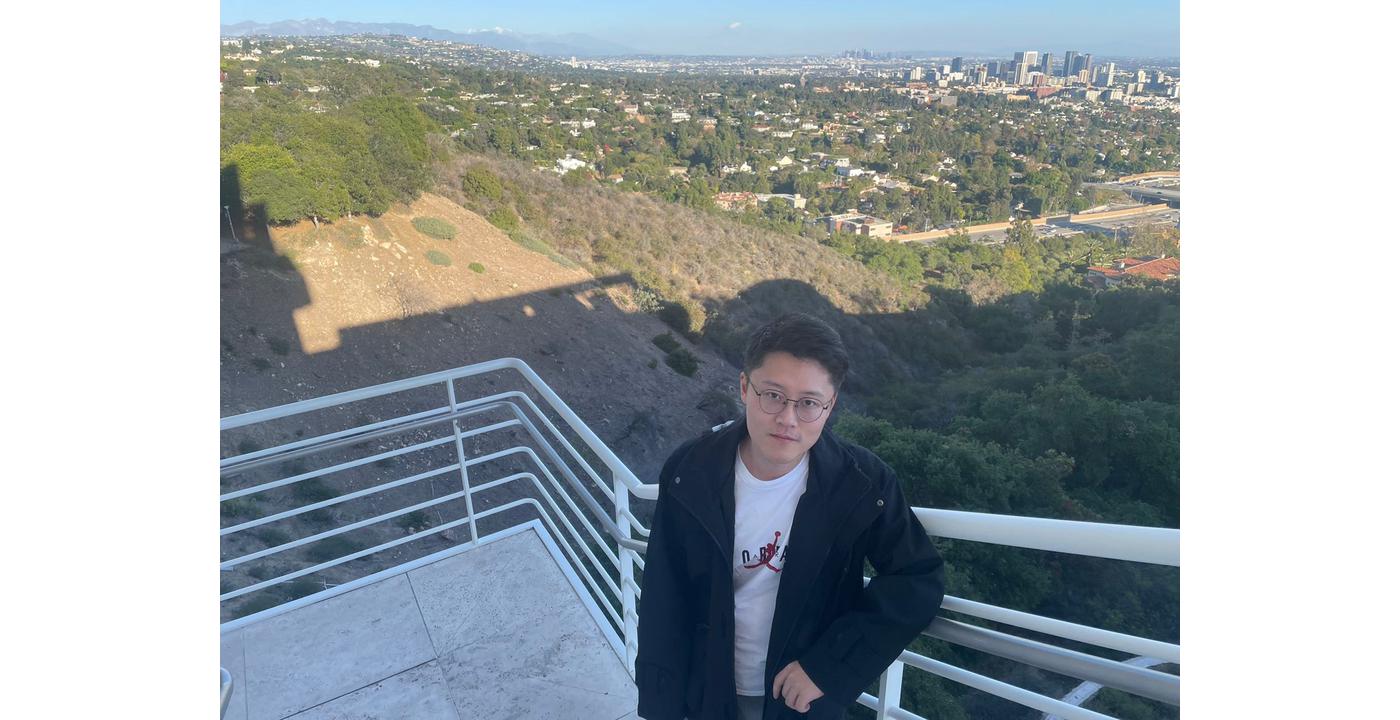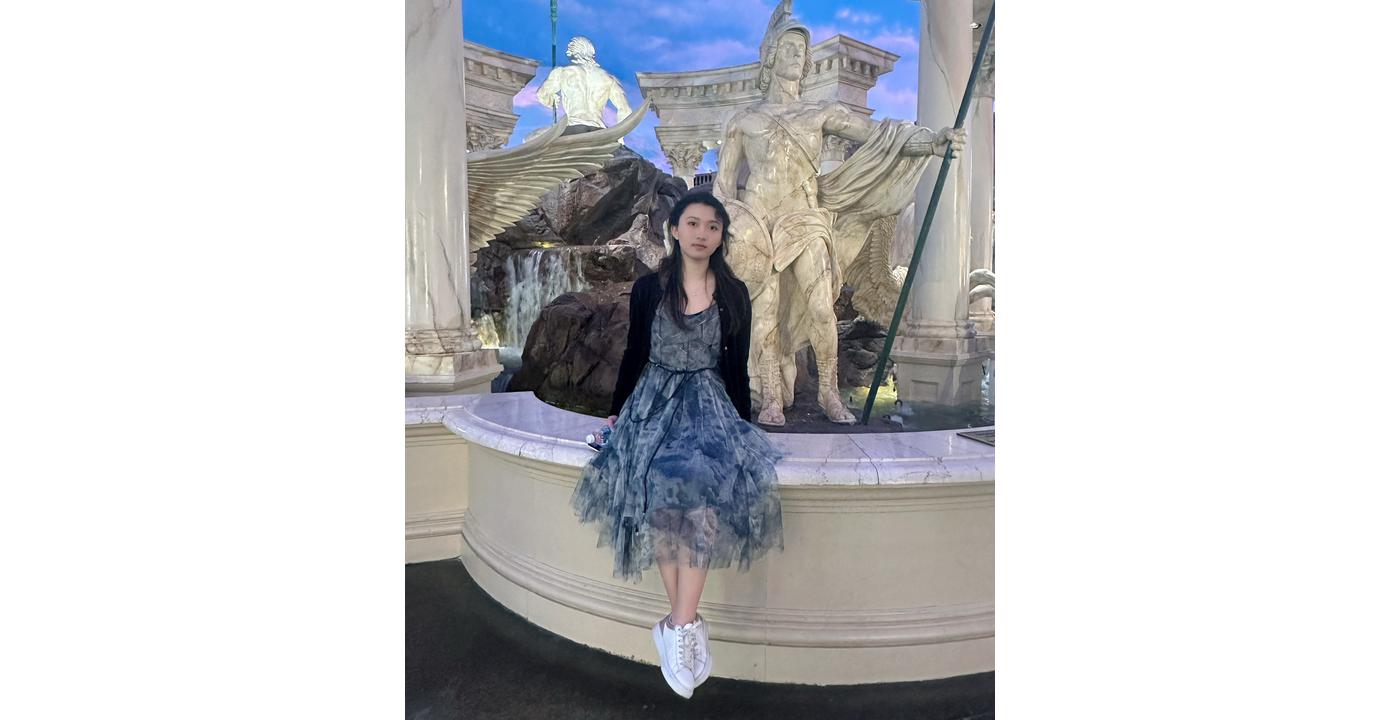Congratulations to Zohreh Azizi for Passing Her Defense
Congratulations to Zohreh Azizi for passing her defense on Aug 29th. Zohreh’s thesis is titled “Advanced Technologies for Learning-based Image/Video Enhancement, Image Generation and Attribute Editing.” Her Dissertation Committee includes Jay Kuo (Chair), Antonio Ortega, and Aiichiro Nakano (Outside Member). We thank Zohreh for her kind sharing and wish her all the best in the next journey.
“My thesis proposes novel methodologies in four main areas related to visual data:
1. Low-light image enhancement: We present a new method, called NATLE, which attempts to strike a balance between noise removal and natural texture preservation through a low-complexity solution.
2. Low-light video enhancement: We also present a self-supervised adaptive low-light video enhancement method, called SALVE. The combination of traditional retinex-based image enhancement and learning-based ridge regression in SALVE leads to a robust, adaptive and computationally inexpensive solution. Our user study shows that 87% of participants prefer SALVE over prior work.
3. Image generation: Then, we present a generative modeling approach based on successive subspace learning (SSL). The resulting method, called the progressive attribute-guided extendable robust image generative (PAGER) model, has advantages in mathematical transparency, progressive content generation, lower training time, robust performance with fewer training samples, and extendibility to conditional image generation.
4. Facial Attribute Editing: Finally, we present a facial attribute editing method based on Gaussian Mixture Model (GMM). Our proposed method, named AttGMM, has a great advantage in lowering the computational cost.
t’s hard to believe my four-year PhD journey at MCL has reached its end. When you are inside the process, sometimes it’s not easy to keep up your hope. But each time you decide not to give up, you pave your path one more step closer to success.
I have grown into a much more confident person thorough [...]

